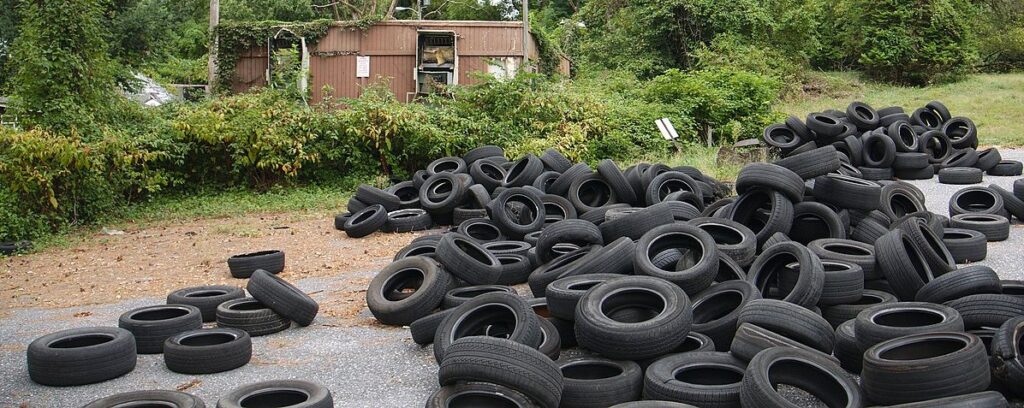
I have written two posts comparing the COVID-19 situation in Sweden and Denmark (see here and here). I find the comparison useful, because they are very similar countries in the same basic region of the world, but they had remarkably different responses to the disease. Sweden initially avoided lockdowns and tried to target their social restrictions, while Denmark followed the practices of most other countries, strongly limiting what their citizens could do during the pandemic. Sweden thought that if they allowed the disease to run its course among those who are not at high risk, they would achieve herd immunity, and the disease would lose its impact. As a result, they tried to target their severe restrictions to those who were at high risk, allowing the rest of the population to live life more normally.
By fall, there were those who thought the strategy had worked. Case rates were falling, and Sweden seemed to have weathered the storm. However, in my August post, I said that Sweden had not reached herd immunity, and it turns out that I was right. If you look at the above graphs (data from the European Centre for Disease Prevention and Control), you will see that while both Sweden and Denmark saw a leveling off in the summer and early fall, COVID cases and deaths quickly shot up later on. To date, Sweden’s COVID-19 deaths per million are more than three times that of Denmark’s, and right now, there is no indication that either country will see a slowdown in cases or deaths, at least not until the vaccines are widely distributed.
Now please understand that comparing two different countries is fraught with peril, and even though Sweden and Denmark are similar in many ways, we cannot use these data to definitively say that government-imposed lockdowns are responsible for the difference. Indeed, there is a fairly recent study that tries to compare different countries, and they conclude that while some social restrictions did reduce the spread of the disease, severe restrictions (like lockdowns) didn’t help at all. Interestingly enough, they use Sweden as part of their baseline for countries that didn’t implement severe restrictions, but they do not use data from Denmark in any way. I personally think their analysis uses countries that are just too different to be compared in any meaningful way.
To show you what I mean, I added the U.S. and Italy to the graphs above to show you where they fit.
Notice that while the general shape of Italy’s death graph is similar to that of Sweden and Denmark, the U.S. deaths look very different. Conversely, when it comes to cases, the U.S. graph has the general shape of Sweden and Denmark, while Italy is different. Finally, notice that the total number of deaths per million varies by nearly a factor of five, despite the fact that three of the four countries on the graph had strict limitations on what many of their citizens could do.
I think there is one firm conclusion we can make from the data presented above: Sweden’s strategy of trying to control the disease using herd immunity acquired through exposure did not work.









 Carbon dioxide absorbs the infrared radiation that the earth emits, trapping it before it leaves the planet. This warms up the atmosphere, making the earth a haven for life. Obviously, then, the more carbon dioxide we put into the atmosphere, the warmer it will get, right? Not necessarily! As I tell my high school and university students over and over again: Science isn’t simple! As a result, conclusions that seem “obvious” to most people (even most scientists) are often absurdly wrong.
Carbon dioxide absorbs the infrared radiation that the earth emits, trapping it before it leaves the planet. This warms up the atmosphere, making the earth a haven for life. Obviously, then, the more carbon dioxide we put into the atmosphere, the warmer it will get, right? Not necessarily! As I tell my high school and university students over and over again: Science isn’t simple! As a result, conclusions that seem “obvious” to most people (even most scientists) are often absurdly wrong. 